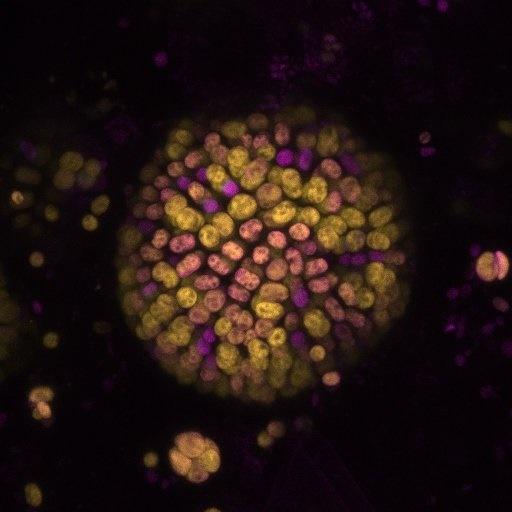Not all chlorophyll photosynthesis uses red light to function. A team from the Imperial College of London, in collaboration with the Anu of Canberra, the CNRS of Paris-Saclay and the CNR of Milan, has discovered a new mechanism, which will rewrite scientific texts
He is about to end up run over, his mother saves himNot all chlorophyll photosynthesis uses red light to function. A team from the Imperial College of London, in collaboration with the Anu of Canberra, the CNRS of Paris-Saclay and the CNR of Milan, has discovered a new mechanism, which will rewrite scientific texts.
La chlorophyll photosynthesis it is one of the fundamental biochemical processes for life on Earth. Plants, thanks to the sun's rays, are in fact able to convert carbon dioxide and water into organic substances for their nourishment and oxygen that we and all animals need to breathe.
Until now it was known that the frequencies useful for this process were those of visible red and this is because the pigment used by plants for the reaction is the chlorophyll green in color (which is in fact the color of the leaves where the reaction takes place).
But there are actually several chlorophylls. The standard and almost universal type of photosynthesis uses the chlorophyll-a, which due to its structure may not exploit energies lower than those provided by red light.
Since chlorophyll-a is present in all plants, algae and cyanobacteria that we are aware of, it has been believed until now that the energy of red light established the "red limit"For photosynthesis. The energy associated with light is directly proportional to the frequency emitted (in the visible to its "color") and it has always been thought that red was the minimum frequency, and therefore the energy, to trigger the vital process.
 Photo: Imperial College
Photo: Imperial College
But we know that in science you never stop learning. In fact, the researchers found that when some cyanobacteria (blue or blue-green algae) are grown under near-infrared light (frequency slightly lower than that of red), standard systems containing chlorophyll-a become blocked but others take over. containing a different type of chlorophyll, the chlorophyll-f.
And it's not just a curiosity. Until now, in fact, it was thought that photosynthesis could only take place under direct sunlight. The new research shows that this is not always the case: chlorophyll-f plays a key role in photosynthesis in shady conditions, using the lower energy infrared light, triggering it “beyond the red limit”.
“The new form of photosynthesis made us rethink what we thought possible - says Bill Rutherford, who led the research - It also changes the way we understand the key events at the heart of standard photosynthesis. This is textbook stuff ”.
In reality, the authors point out, another cyanobacterium was already known, Acaryochloris, known to set photosynthesis in motion beyond the red limit. However, as this only occurs in this species, with a very specific habitat, it was considered an isolated case with little overall impact.
What we are talking about in this research is instead a third type of widely diffused photosynthesis, which appears to be used as a "defense mechanism". In fact it only triggers in special infrared shaded conditions. Under normal light conditions the red standard form of photosynthesis is used.
Wonderful nature.
The work was published in Science.
Read also:
- The artificial leaf that produces oxygen: made of silk and chlorophyll
- Moss Table, the table that produces energy thanks to plant photosynthesis (bio-photovoltaic)
Roberta de carolis


























